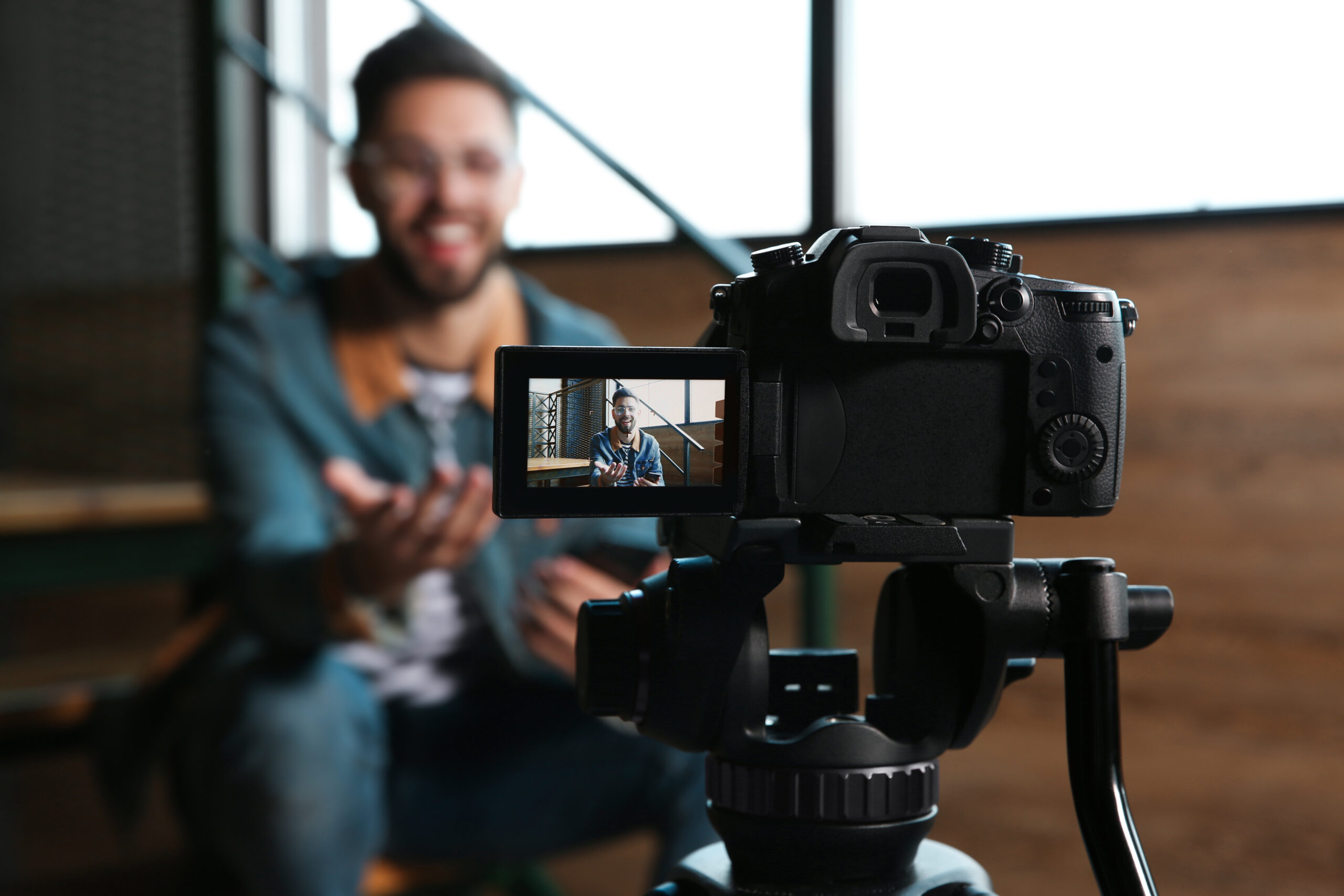Wistia, a video marketing platform, unveiled its “2024 State of Video Report,” which featured user data from more than 90 million videos on the company’s platform as well as a customer survey of 2,000 professionals. The report revealed that the use of artificial intelligence (AI) to enhance video accessibility dramatically increased in 2023, as video remains a top priority in marketing strategies.
AI Is Making Video More Inclusive & Far-Reaching
With video usage and consumption growing, companies are focused on increasing video content accessibility, which is primarily driven by AI. Specifically, 59% more videos saw a higher accessibility score in 2023 than in 2022, with more than 254% more businesses using closed captions on their videos in 2023. Specifically, 59% of companies using AI tools said they are most useful for auto-generating captions or transcripts.
“It’s clear brands are experimenting with AI in video creation and optimization,” said Chris Savage, CEO and Co-founder of Wistia, in a statement. “Given that consumers watched more videos in 2023 than ever before, video inclusiveness has emerged as a top priority for brands. Unlocking the power of AI to create greater inclusivity in digital experiences stands at the forefront of the video production industry. We expect this to continue to evolve and shape how we create video content and how people engage with digital experiences.”
Users Recognize Value Of Video Despite Roadblocks
In terms of content creation, 80% of businesses want more video content, with 60% willing to invest more money to make it. Despite economic uncertainty and limited resources throughout 2023, organizations still recognize the value of video, with only 4% reporting they’ll likely have fewer resources for video in 2024.
With nearly 100% of businesses saying that video is an important part of their marketing strategy, challenges still remain to create videos. The top challenges are:
- Time and bandwidth;
- Team size;
- Resources; and
- Technical capabilities.
Shorter Videos ≠ More Engagement
Though engagement tends to drop significantly when video length is more than 5 minutes, the data found that the engagement rate for videos between 1-5 minutes is comparative, no matter the length. Platforms like Facebook, Instagram, TikTok and LinkedIn have expanded time limits for videos beyond two minutes, providing opportunities to create longer videos while keeping engagement rates high.
Finally, the data revealed that consumers prefer instructional over promotional video content. Instructional content under 5 minutes had 2X the engagement of promotional content of the same length. Although instructional videos are typically longer than their promotional counterparts, they maintain a higher average engagement rate.
To learn more about the current state of video marketing according to Wistia, check out the full report.







